Table of Contents
- Quick Answer
- The Basil Basics: What You Need to Know
- Conversion Chart: Dried to Fresh (and Vice Versa)
- Flavor Dynamics: Understanding Potency Shifts
- Pro Tips for Using Basil Like a Boss
- Recipes That Shine with Basil
- Storage Secrets: Keep It Fresh, Not Forgotten
- Frequently Asked Questions
- Conclusion
Your Quick Answer: Dried Basil to Fresh Conversion Ratio
1 teaspoon dried basil = 1 tablespoon fresh basil for most cooking applications. This 1:3 ratio works because drying concentrates basil's flavor compounds by removing 90% of its water content. For raw dishes like pesto or salads, increase fresh basil by 25% as dried basil won't fully rehydrate.
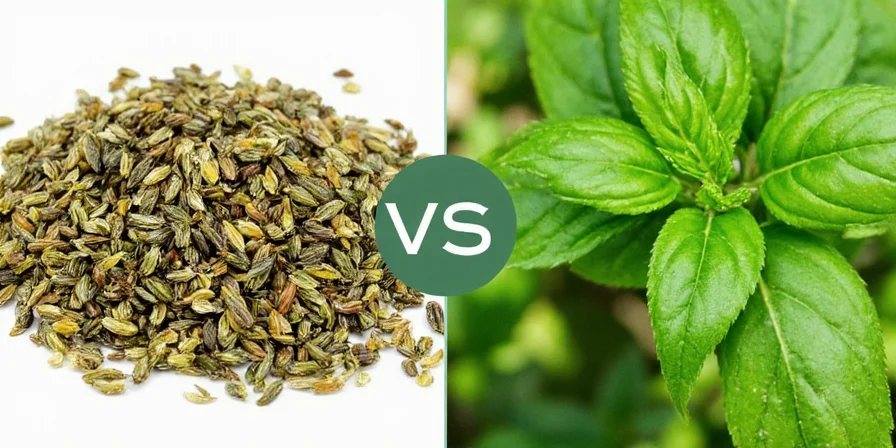
The Basil Basics: What You Need to Know
Basil's flavor profile transforms dramatically when dried due to volatile oil evaporation. While fresh basil delivers bright, sweet notes ideal for raw applications, dried basil develops earthier, more concentrated flavors suited for slow-cooked dishes. This fundamental shift—not mere quantity adjustment—dictates successful substitution.
- Fresh Basil: Contains 90% water weight. Best for uncooked dishes where its delicate terpenes shine.
- Dried Basil: Loses moisture, concentrating eugenol and linalool compounds. Requires rehydration to unlock full flavor potential.
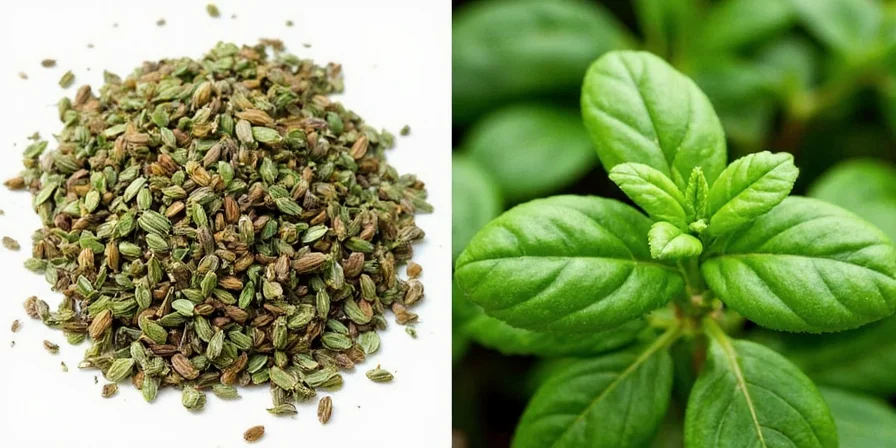
Conversion Chart: Dried to Fresh (and Vice Versa)
Standard conversion charts often overlook how cooking method affects substitution efficacy. Our ratios account for both volume equivalence and flavor chemistry:
| Fresh Basil | Dried Basil | Best For |
|---|---|---|
| 1 tablespoon chopped | 1 teaspoon | Raw applications (garnishes, dressings) |
| 1/4 cup (4 tablespoons) | 1 tablespoon + 1 teaspoon | Simmered sauces (20+ minutes) |
| 1 cup | 5 tablespoons + 1 teaspoon | Slow-cooked stews or braises |
Pro Tip: For quick-cook dishes (under 15 minutes), increase dried basil by 25% to compensate for incomplete rehydration. For slow-cooked dishes, dried basil intensifies over time—reduce by 20% from standard ratios after 45 minutes cooking.

Flavor Dynamics: Understanding Potency Shifts
Drying fundamentally alters basil's chemical composition. Fresh leaves contain methyl chavicol (responsible for sweet notes), which degrades during drying while eugenol (spicy-clove notes) becomes dominant. This explains why:
- Fresh Basil: Excels in raw applications where volatile oils remain intact. Adding during final plating preserves its signature aroma.
- Dried Basil: Requires moisture and time to reconstitute. Adding early in cooking allows water absorption, preventing bitter, dusty aftertastes.
This biochemical perspective—not subjective taste comparisons—determines substitution success. Mediterranean cuisine traditions use dried basil in tomato-based sauces precisely because its earthier profile complements long simmering.

Pro Tips for Using Basil Like a Boss
Maximize flavor impact with these science-backed techniques:
- Revive Dried Basil: Bloom in 2x its volume of warm olive oil for 10 minutes before adding to dishes.
- Preserve Fresh Volatiles: Tear—not chop—leaves to minimize enzymatic browning.
- Freeze for Flavor Lock: Blend fresh basil with oil (1:2 ratio) before freezing to protect heat-sensitive compounds.
- Layer Applications: Use dried basil in sauce base + fresh in finishing for multidimensional flavor.
- Acid Balance: Counter dried basil's intensity with lemon zest in tomato dishes.
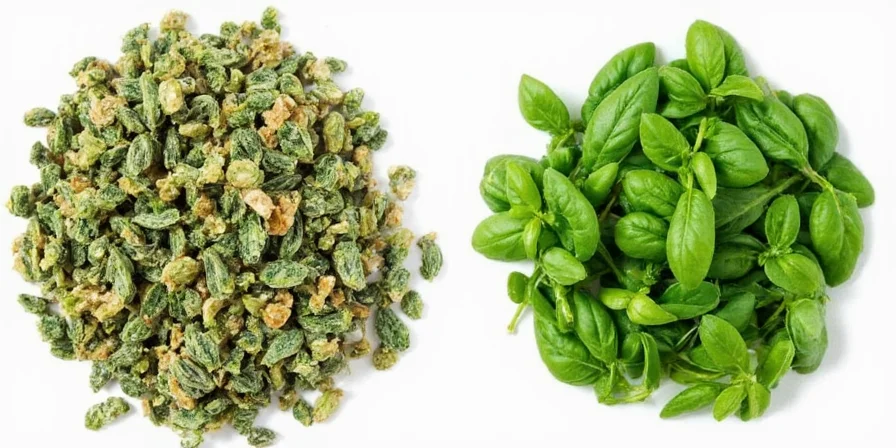
Recipes That Shine with Basil
Apply conversions accurately in these technique-focused dishes:
- Slow-Cooked Tomato Sauce: Use 2 tbsp dried basil per 2 cups fresh equivalent for layered depth.
- Strawberry-Basil Sorbet: Requires fresh basil only—drying destroys delicate fruit-complementing notes.
- Eggplant Caponata: Blend 1 tsp dried basil in cooking liquid + 1 tbsp fresh after baking.
- Grilled Watermelon Salad: Fresh basil essential—dried creates undesirable texture in raw applications.
- Minestrone Soup: Add dried basil with beans for slow infusion; fresh basil as garnish.
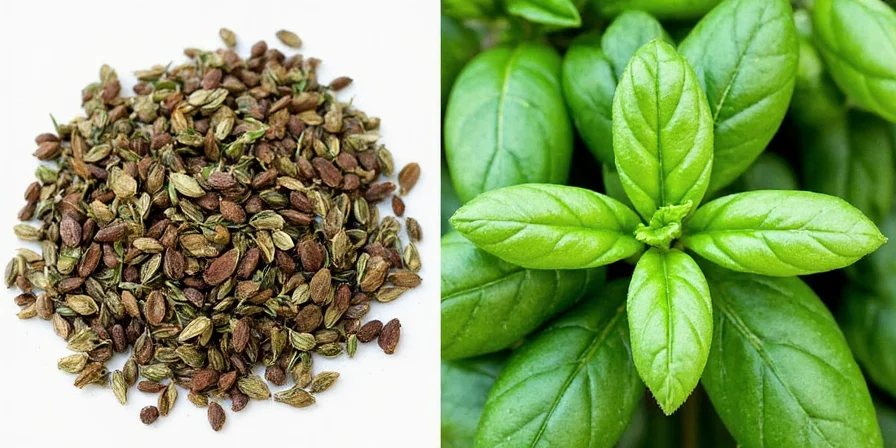
Storage Secrets: Keep It Fresh, Not Forgotten
Preserve volatile compounds through proper storage:
- Fresh Basil: Store stem-down in water (like flowers) at 12°C (54°F). Avoid refrigeration below 10°C to prevent chilling injury.
- Dried Basil: Keep in airtight containers away from light. Test potency by rubbing—strong aroma indicates viability.
- Freezing: Blanch fresh leaves 3 seconds before oil-freezing to deactivate enzymes.
- Revival: Stale dried basil? Toast in dry pan 30 seconds to reactivate oils.

Frequently Asked Questions
Can I use dried basil in pesto?
No. Pesto requires fresh basil's high moisture content and volatile oils for emulsion stability and bright flavor. Dried basil creates a gritty, bitter paste that won't bind properly. For authentic pesto, always use fresh basil—this is a rare case where substitution fails completely.
Why does my dried basil taste dusty?
Insufficient rehydration time. Bloom dried basil in warm liquid (broth or oil) for 8-10 minutes before cooking. Adding directly to dry ingredients causes uneven absorption and papery texture. Properly bloomed dried basil should have no dusty aftertaste.
Does freezing fresh basil change conversion ratios?
Yes. Frozen fresh basil loses 15-20% potency. Use 1.2x frozen volume versus fresh when substituting for dried. Thaw completely before measuring. For best results, freeze basil in oil to preserve flavor compounds.
Are conversion ratios the same for all basil varieties?
No. Holy basil requires 25% less dried equivalent due to higher oil concentration. Lemon basil needs 10% more dried for equivalent citrus notes. Sweet basil follows standard 1:3 ratios. Always adjust for specialty varieties based on their oil content.
Conclusion
Precise basil substitution hinges on understanding dehydration's biochemical impact—not arbitrary ratios. By matching dried-to-fresh conversions to cooking methods and respecting flavor chemistry, home cooks consistently achieve professional results. Remember: dried basil isn't inferior, just different. Use its concentrated potency strategically in slow-cooked dishes while reserving fresh for raw applications where its volatile brilliance shines. With these guidelines, you'll transform substitutions from guesswork into repeatable culinary science.
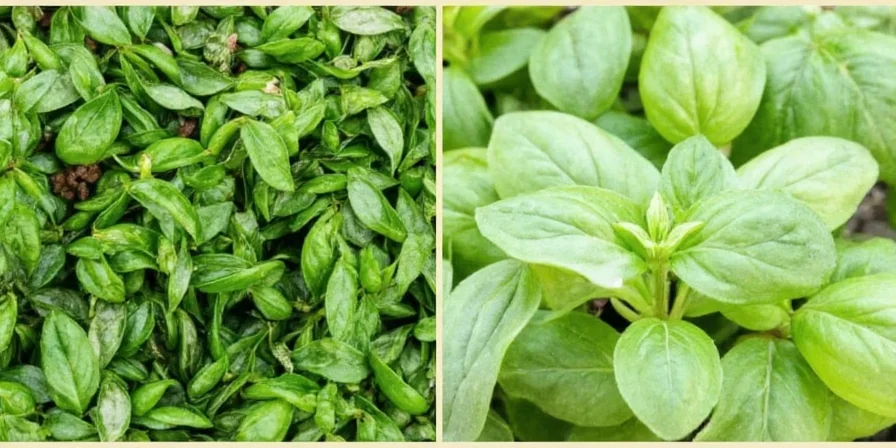











 浙公网安备
33010002000092号
浙公网安备
33010002000092号 浙B2-20120091-4
浙B2-20120091-4